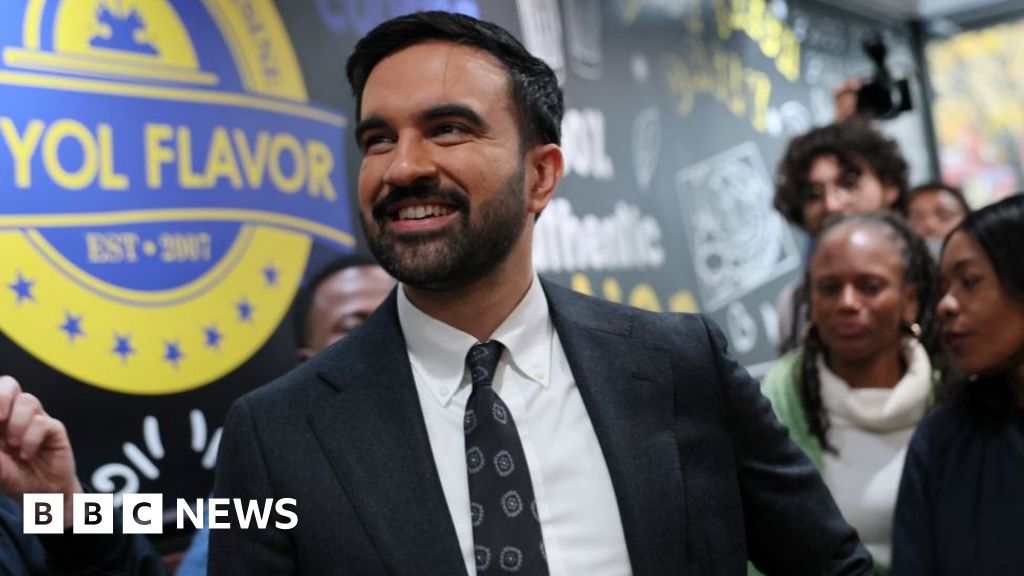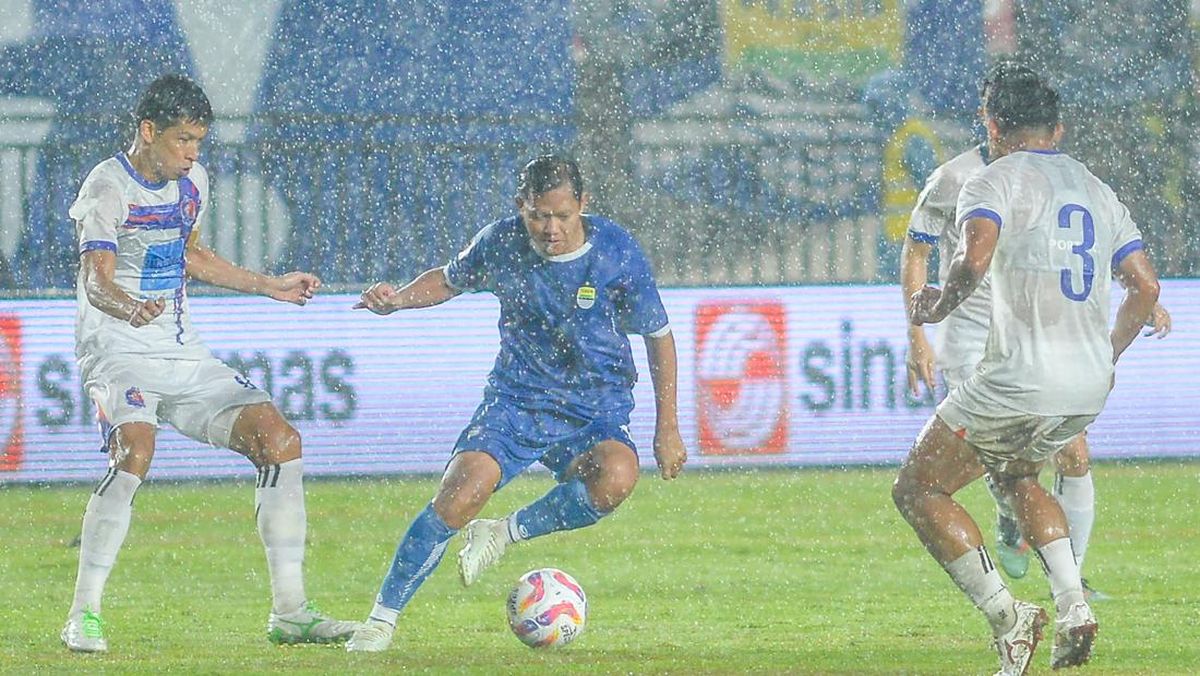Opinion
November 7, 2025 — 11.45am
November 7, 2025 — 11.45am
“Cricket is a potentially dangerous game: it involves a heavy, hard ball being speared towards a batter from a relatively short distance at great speed. It is a testament to the skill and courage of those who play the game at the highest level that more incidents don’t occur. Still, safeguards are essential if death and injury is to be minimised.“
– NSW State Coroner, Inquest into the death of Phillip Hughes
The difficult questions are the ones that demand answers. For example, what on earth passes for functional concussion protocols inside the Tongan Rugby League set-up? Whatever the NRL’s investigation into the events that left Elisa Katoa in hospital with brain bleeding uncovers, the sight of a staffer attempting to hold the Tonga forward’s head up – likely as his consciousness ebbed away – as he sat on the bench was sickening.
After three serious head knocks across the warm-up and match, Katoa – who isn’t certain to play the game again – should not have been left so hopelessly exposed. Players won’t voluntarily self-administer head impact assessments. Heads should roll. Katoa’s should never have been one of them.
However, there aren’t many sports that don’t carry an element of danger. Equestrianism, AFL, baseball, track cycling and swimming each carry various and inherent risks, which participants can’t hope to entirely divorce themselves from.
When the NSW State Coroner delivered his findings in November 2016 regarding the dreadfully sad death of Australian Test cricketer Phillip Hughes, the Coroner made specific recommendations, including that Cricket Australia continue its collaborative research, development and testing to identify neck protectors that can be mandated for use by batters in at least all first-class cricket matches.
It’s easy to jump to conclusions without knowing all the facts. We don’t know the facts of Katoa’s case, though the aftermath is plain. In the same vein, one can opine about what would have made a difference to the awful situation involving young cricketer Ben Austin in Melbourne last week. But we can’t know. Not yet.

Tonga’s Eliesa Katoa leaves the field after suffering a third heavy head knock against Samoa last Sunday.Credit: Getty Images
The end objective, defined by the Coroner in the Hughes inquest, was to produce a neck guard which provided proper protection to the areas of the head and neck not already covered by a batter’s helmet. Fast-forward to 2025, and although neck protective devices are recommended for use in junior and park cricket settings, there is no cast iron requirement for them to be worn.
As for training situations, what happens is, as a matter of practice, more left up to the coaches and adults present, as opposed to anything more structured being in force.
If neck and stem guards can be demonstrated to ameliorate the risks of serious injury or worse – from being struck by a cricket ball below the lower line of the helmet – and provided the guard doesn’t unduly inhibit a batter’s free range of movement, then there’s an inescapable conclusion.
That is, that governing bodies should require that any helmet a batter uses must conform to the requisite standard and be fitted with such guards.
The first problem, however, is that it isn’t that simple. Because it’s not necessarily the magnitude of the force of a ball hitting the batter’s head that ends up being the singular causative factor at play. Another consideration is the way in which the force of the hurtling ball is applied, creating a sudden and violent, torsion-like movement of the head relative to the neck and the fixed arteries.
Put more simply, it’s not only the impact of the cricket ball, but also the immediate reaction of the struck player’s body that causes damage.
The second problem is the less-than-straight path of rule-making in cricket. Although the ICC is the international governing body, by tradition and deference the ICC recognises the Marylebone Cricket Club as the custodian of the laws of the game. Nowhere in the MCC’s Laws of Cricket is it demanded that a batter wear a helmet. Indeed, it’s not even recommended.
In 2017, the ICC put into force regulations making it mandatory for a batter wearing a helmet – if they chose to – to use one that conforms to British Standard BS 7928:2013. But that’s if the batter elects to wear one. There’s nothing anywhere in international rules that says a Test cricketer must use a helmet. The ICC actually has refused to make that regulation. Cricket Australia has filled the void regarding Australian players.
Yet as of today, the wording on Cricket Australia’s website reads: “We strongly recommend that all community cricket participants wear a neck protector in addition to their British Standard helmet to help safeguard both head and neck”. The rationale for not going further isn’t clear.

Extra protection: A “Stem Guard” helmet attachment that could be the model for mandatory neck guards. Credit: Twitter
I love reminiscing about the swagger of Sir Issac Vivian Alexander Richards and his disdain for hard shell headwear. But you must question whether it’s negligent of cricket’s international lawmakers to do anything less than mandate neck guards.
It’s the same rationale as to why all jockeys in Australia must wear protective vests; why seatbelts were made compulsory in Formula 1 in the early 1970s.
A cricket ball delivered by a fast bowler and striking a batter’s head inflicts roughly 650 Newtons of force. Less than a sweet-timed punch from a heavyweight boxer, but the boxer wears gloves and the punch is anticipated and braced for. The force of the ball is significant, and the immediate consequences it triggers can be lethal.
The ethical tension between individual autonomy and collective responsibility of governing bodies won’t go away. Elite athletes routinely argue for the right to make personal choices about equipment, particularly when it affects comfort or performance, even in circumstances of safety and the absence of it.
But in professional and organised amateur sport, the desire for autonomy must balance against the duty of care owed by administrators, coaches, and employers. Under common law, statutory and work health and safety principles, sports’ governing bodies carry non-delegable legal (let alone ethical) responsibilities, to take reasonable steps to protect participants from foreseeable harm.
If a relatively simple and inexpensive piece of protective equipment can help prevent catastrophic injury or death, failing to mandate its use borders on the ethically indefensible.
Special consideration is required in junior cricket, where players lack the experience and judgment of adults. Junior cricketers play and train under the supervision of schools, clubs and coaches that act in loco parentis.
Loading
Ethically, these institutions and people have an even stronger duty to impose safety measures, particularly when the consequences of non-compliance are severe and irreversible. Organisations at those levels find life easier if matters are mandated and required, and not just strongly recommended.
It’s well established under Australian law that sports organisations owe a duty of care to participants. This duty requires them to take reasonable precautions against foreseeable risks of harm. The risk of being struck by a cricket ball is foreseeable, as is the risk of head and neck injuries.
Once neck guards became available and proven to reduce those risks, a failure to force their uniform use could expose administrators, employers and coaches to legal liability if injury occurs.
In a hypothetical scenario where a player suffers serious neck injury after choosing not to wear a guard, a governing body that merely recommended but did not require it might face claims that it failed to enforce a reasonably practicable safety measure. In contrast, a compulsory rule provides a clear standard of care and minimises liability.
Consideration of other sports is instructive. Ice Hockey Australia mandates the use of neck guards in all on-ice competitions under its jurisdiction to guard against laceration; similar rules apply for competitions conducted by the sports international federation.
Head and neck support devices are mandated in most forms of motorsport, considering the tsunami of evidence demonstrating a drastically reduced risk of fatal skull fractures.
Most Viewed in Sport
Loading


















































